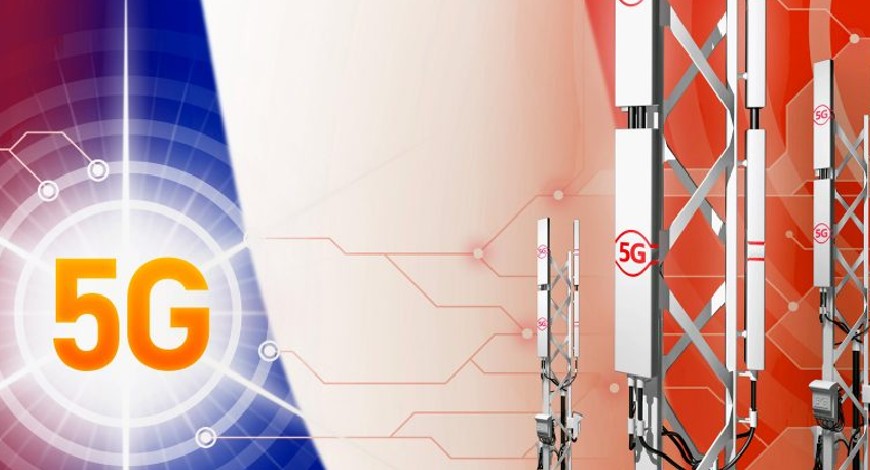5G
France to see 5G energy efficiency gains from 2023

Following through on the work that began in 2020, as part of its “Achieving digital sustainability” collaborative platform, today Arcep is publishing the findings of two complementary work cycles which, first, help inform discussions about 5G’s energy consumption and, second, help identify levers of action for incorporating environmental considerations into upcoming 26 GHz band frequency awards.
According to the Technical Experts Committee’s study on mobile networks, the energy efficiency gains achieved from 5G deployment will begin in 2023 and be clear by 2028 in the most densely populated areas, but will be far more modest in more sparsely populated areas.
The study published by Arcep assesses the impact that introducing 5G in the 3.5 GHz band will have on energy consumption by comparing two scenarios, based on identical traffic growth: a 4G-only network and a network that combines 4G and a 5G deployment.
Initially this technology will generate an increase in energy consumption – for a length of time that depends on the different 5G rollout scenarios. After which 5G deployment will enable total energy savings of up to ten times 2020 consumption levels by 2028, compared to a scenario of 4G-only network densification, as well as a corresponding decrease of greenhouse gas (GHG) emissions of up to eight times 2020 GHG emissions. In less densely populated areas, however, where traffic density is lower, virtually non-existent gains will not be seen until 2025 at the earliest, and by 2028 at the latest.
The report also reveals the results’ strong sensitivity to the rate of traffic increase, which is identified as one of the most influential parameters on the dynamics of the examined scenarios. Different additional levers that are not factored into this study could help limit energy consumption even further under a 5G deployment scenario compared to a 4G-only deployment. These include activating network sleep mechanisms at night.
The limitations of this forward-looking exercise require a complete lifecycle assessment to be performed, in addition to considering the “rebound effect”
The study’s findings are confined to the technology’s utilisation phase. A complete lifecycle assessment, which includes the production and end-of-life phases, will be required to obtain an exhaustive understanding of its environmental impact. This report is also based on a growth trend assumption for mobile data of 30% a year: it does not include the accelerated growth that could come as a result of the technological gains enabled by 5G, aka the “rebound effect”.
“Taking environmental issues into account in the criteria set for assigning spectrum in 26 GHz band, which will host new 5G applications” workshop: Arcep publishes a summary of the discussions
The Government requested that Arcep “study, within the current regulatory framework, the ways and means to take environmental issues into consideration in the criteria set for the assignment of the 26 GHz frequency band for 5G”. To draft its response, Arcep wanted to query stakeholders that were already contributing to its “Achieving digital sustainability” platform: associations, institutions, operators, tech companies, interested experts. A collaborative workshop was therefore organised by Arcep and the Ouishare collective, and held over two days, on 16 and 19 November 2021.
Participants shared the conclusion that a localised and targeted deployment of networks using this frequency band seemed the most capable of avoiding a proliferation of hardware. Some contributors voiced their support for restricting this band to certain uses, but that was not a unanimous view – one of the main counterarguments being to foster the ability to enable innovative uses, which are likely to help reduce the digital environmental footprint, to emerge organically. The extent to which the “rebound effect” will influence the amount of data traffic that every user generates, as well as the impact of the “pull effect” on device replacement rates, were cited among the indicators that need to be considered.
The participants agreed it was crucial to introduce metrics and indicators to obtain a detailed measurement and monitoring of the environmental impact of deploying networks using the 26 GHz band
All of the ideas to emerge from this workshop are currently being examined by Arcep, with a view to drafting its response to the Government, but also as part of its more general, wide-ranging examination of spectrum and frequency assignment issues.
CT Bureau















You must be logged in to post a comment Login